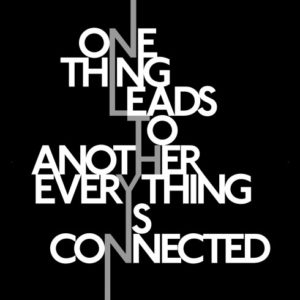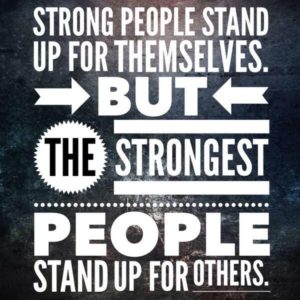Unless you’re a self-avowed hermit, you’re surrounded by people. It’s inevitable that there are humans around you the majority of your day. Since that is the environment you find yourself in, you have a choice to embrace it or avoid it. This isn’t due to where you fall on the extroversion/introversion scale. You will choose how much human interaction works for you – and you should. We all have a limit. If we cross that, we tend to get frustrated, flustered and annoyed.
Being with people is more than just swimming among others as you pass through the hallways to their office/cubicle to have work related conversations. That type of interaction is necessary in order for good work to be accomplished. I would almost categorize those instances as “forced.” I don’t mean that you are reluctant to have conversations. It’s more like you have work conversations in order to get the next facet of your work at hand to move forward. They can be friendly, cantankerous or obligatory. They happen whether you “wanted” to have them or not.
The difficulty I see that happens all around me is that these pass by conversations make up the vast majority of communication today. It’s not only at work either. When people are using social media, you get quick snippets of partial thoughts. Or, you may get a picture in time of a great event or accomplishment. People taking time at home to truly interact without distraction is becoming an extinct approach. Again, I’m not making a right/wrong judgement here. It’s our reality and we need to acknowledge it. However, it doesn’t have to define us !!
Taking time to develop relationships has become a lost art. Unfortunately, the word “relationship” has been tarnished because of the unacceptable actions of some. That doesn’t have to be the case. Investing your time with others is incredibly valuable, and also necessary !!
We are never fulfilled when we only have pass-by conversations. We feel that something is missing because we can’t keep current with the pace. We don’t push through it enough because we’re concerned that the other person won’t reciprocate. I haven’t found that to be the case. In fact, I think people flourish when you give them your intentional time and attention.
 I’d like to propose a different approach for you personally and especially if you’re in HR. Choose to have relationships that flourish !!
I’d like to propose a different approach for you personally and especially if you’re in HR. Choose to have relationships that flourish !!
I think there are different gradients in this and you need to read the other person to see when they feel that things are full. Respect that. I mean it. Flourishing relationships have balance, mutual levels of input and especially authenticity. You can’t “fake it to you make it” and have a meaningful friendship.
I’ve mentioned this in the past, but I use my commute differently than most. I’m in the car about an hour each way to and from work. Every night I call people and have long conversations. We talk about work, HR, life, etc. There are inevitable times of laughter as well as times of deep philosophy. We may argue various styles of music and ask for each other’s support in the situations we are each facing in life.
The point is this. I want to pour into their lives so that they will pour into the lives of others !! I know that every moment I can invest in the lives of others that they will invest in others as well. When this happens, then lives improve. When lives improve, relationships improve. And, when relationships improve that grows into other relationships to improve the workplace. This isn’t Utopian. It works.
So, this week in the midst of the pass-by snippets of conversation that will still fly around you, invest in someone. Start with a close friend. Make that relationship flourish and then build from there. You’ll be glad you did !!










